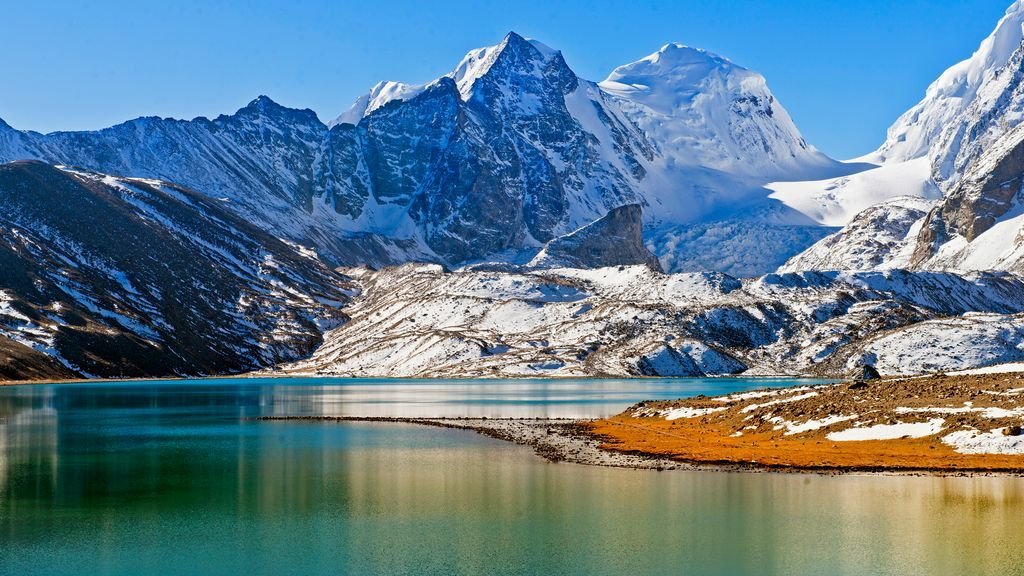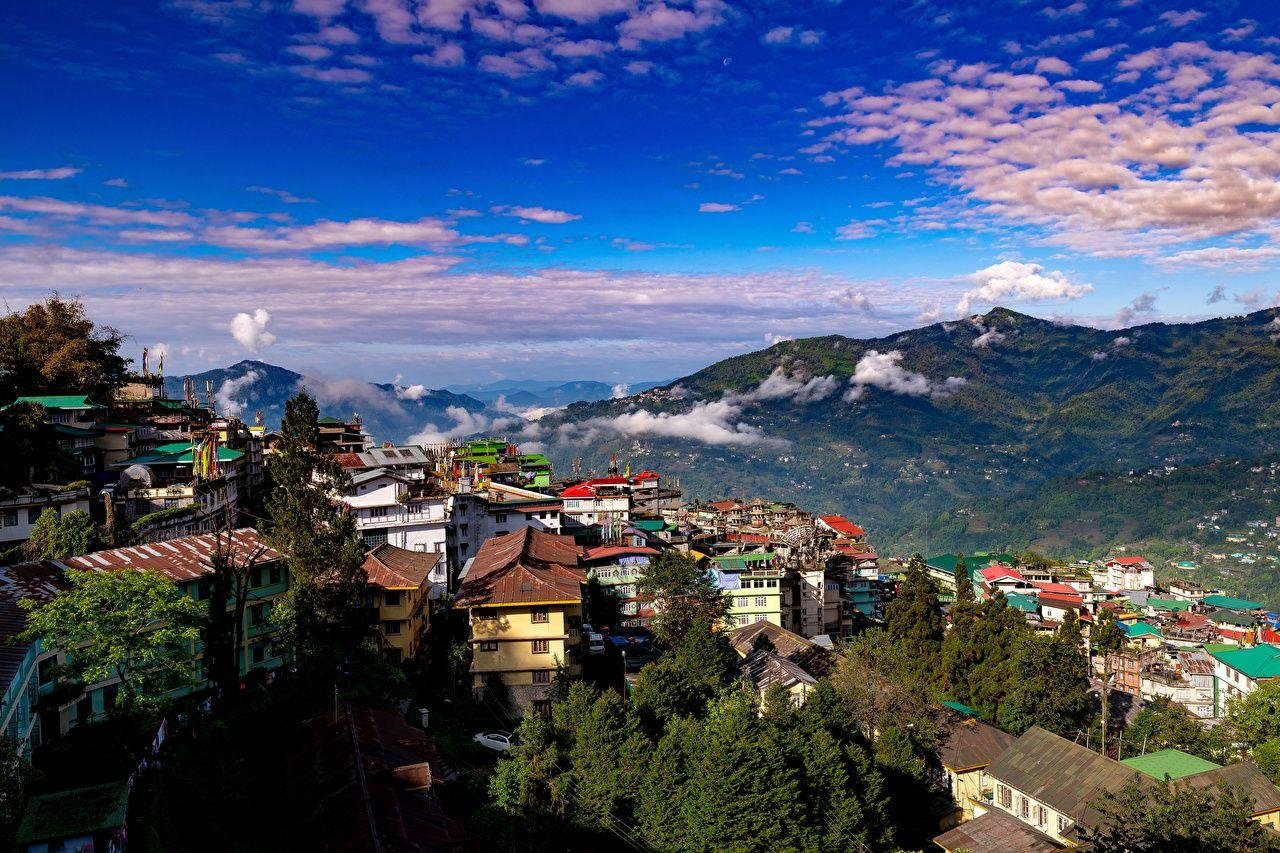Introduction: Walking the True Face of Himachal
Trekking in Himachal isn’t about ticking a box on a travel list. It’s about walking through raw land, meeting mountain winds head-on, and feeling every step in silence. The trails here aren’t just scenic—they carry stories, culture, and weather that changes in minutes. From seasoned trekkers to those just stepping into the world of boots and backpacks, Himachal opens up like a tough but honest friend.
This is not tourism in disguise. This is patience, cold hands, sunrise over sharp cliffs, and paths that don’t care about your schedule. Trekking in Himachal is a test of what matters and what doesn’t.
Why People Choose Trekking in Himachal Without a Second Thought
Trekking in Himachal pulls people for reasons that go beyond views and Instagram. Here, it’s the shift in silence when you gain altitude, the smell of pine that hangs on your clothes, and the warmth of chai in a remote village.
- Diverse Terrain: From green valleys in Kullu to rocky stretches of Lahaul-Spiti.
- Altitude Range: From 2000 feet to over 15,000 feet, it’s not just a climb but a shift in air, attitude, and what you think you’re capable of.
- Local Life: Real conversations with shepherds, monks, and villagers give this trek a human face.
Top Trails That Define Trekking in Himachal
1. Hampta Pass Trek (Manali to Spiti shift)
This trek slices through two totally different landscapes—lush green Kullu and the cold desert of Spiti.
- Level: Moderate
- Best Time: June to September
- What’s Real Here: Walking over glacier patches in the morning and camping beside calm rivers by night.
2. Bhrigu Lake Trek (The frozen story above Gulaba)
Known for a high-altitude lake that changes color with the sky.
- Level: Easy to moderate
- Best Time: May to October
- What’s Real Here: Watching clouds float beneath your feet.
3. Pin Parvati Pass Trek (Raw and relentless)
This is not a tourist trail. This is for the ones who train for endurance and respect terrain.
- Level: Challenging
- Best Time: July to September
- What’s Real Here: Wild river crossings, deep forests, and days with no signal—just thought and movement.
4. Triund Trek (Short yet soul-filling)
Often taken lightly, but mist and moonlight make it unforgettable.
- Level: Easy
- Best Time: All year, avoid heavy snow
- What’s Real Here: Dharamshala’s city lights seen from a silent height.
Gear, Grit, and Gut: What You Really Need
Forget shiny catalogs. For Trekking in Himachal, here’s what you need that matters:
- Broken-in boots: New shoes mean blisters. Old ones mean trust.
- Layers that breathe: Not flashy jackets. Real warmth comes from the right fabric, not just brand tags.
- Simple snacks: Peanuts, jaggery, dried fruit. Anything more is weight you’ll regret.
- Basic meds: Keep altitude sickness in mind. Even the fittest can feel weak.
- Water discipline: Streams may look pure. Boil or use tablets. Never assume.
But more than any of this? You need patience. And the ability to listen—to your body, to the forest, to the wind.
Seasons Matter: When to Go for Trekking in Himachal
Himachal isn’t Disneyland. You need to respect the calendar.
- Summer (May–June): Great for green valleys and high passes.
- Monsoon (July–August): Risky, but valleys bloom. Slippery, unpredictable.
- Autumn (September–October): Clear skies, best views, crisp air.
- Winter (November–March): Snow trekking if you’re trained. Not for beginners.
Choosing the wrong time for trekking in Himachal doesn’t just ruin plans—it can risk your safety.
Real Faces, Real Food: The People Along the Path
What makes Trekking in Himachal deeply real isn’t just nature—it’s people.
- Gaddi Shepherds: You may cross paths with them high up, where their sheep roam freely. Their weathered faces hold more stories than any guidebook.
- Local Families: You’ll often stay in homes where dal, rice, and a smile are all you get. But it feels like home anyway.
- Porters and Guides: Unsung heroes who carry, guide, cook, and sometimes even save.
These aren’t just services—they’re part of the journey. Trekking here isn’t solo. It’s a shared thread of effort.
Safety is Not a Feature, It’s a Habit
Trekking in Himachal is not about ticking off peaks on an app. It’s about coming back in one piece.
- Always inform someone: Even if you’re experienced.
- Stick to marked trails: Shortcut today, search party tomorrow.
- Weather check daily: Never assume yesterday’s sun means today’s.
- Listen to locals: If a villager says the trail’s dangerous, believe them.
More than fitness, it’s your attitude that decides how safe your trek will be.
Not Just the Big Names: Hidden Paths Worth Taking
While Hampta and Triund make headlines, Trekking in Himachal has trails that barely see five people a week.
- Kareri Lake: Near Dharamshala, clean and cold.
- Jiwa Nala to Parvati Valley: Rough, forgotten, and very real.
- Tirthan Valley paths: Mostly forest, mostly silent.
Sometimes the paths you take define the kind of trekker you are—not the peaks you reach.
Solo or Group? The Right Way Depends on You
Trekking in Himachal solo gives you time to reflect, but the risks are higher. Group treks offer support, but sometimes feel rushed.
Solo is for:
- Those with experience.
- People who read maps, not just posts.
- Those who value silence.
Group is best when:
- You’re new to mountains.
- You want guidance.
- You care more about learning than leading.
There’s no right or wrong—just what fits your goal.
Budget and Real Costs (Not Just Rupees)
You may ask what Trekking in Himachal costs. Money’s just one side.
- Shoes and gear: ₹5,000 to ₹15,000 one-time cost.
- Local travel: Buses are cheap. Taxis, not so much.
- Guides and porters: ₹1,000 to ₹2,000/day.
- Permits, food, stay: Another ₹500–₹1,000/day depending on the trail.
But here’s what it also costs:
- Phone signal: Don’t expect it after day one.
- Comfort: Hot showers? Forget it.
- Certainty: Weather will test your planning.
If you’re okay with that, the return is more than money.
Final Thoughts: What Trekking in Himachal Teaches You
This isn’t about likes or content. Trekking in Himachal teaches you how to:
- Walk when your legs say no.
- Sit in silence without needing a screen.
- Drink water that hasn’t been branded.
- Accept that nature doesn’t care who you are—but rewards those who listen.
No loud ads. No filters. Just land, wind, people, and you.
If that speaks to you, lace up. Himachal isn’t waiting. It just exists. You either walk into it, or you don’t.








Leave a Reply